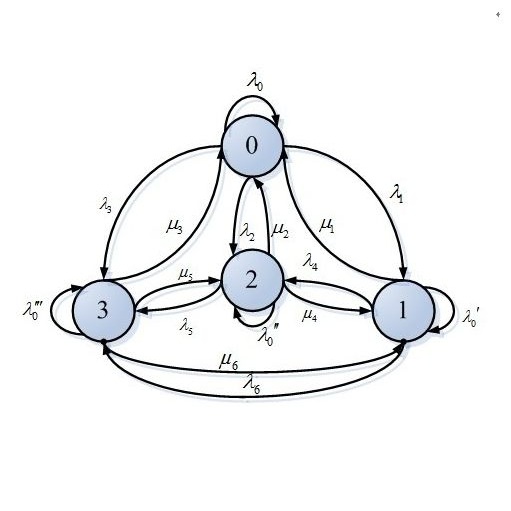We show that the minimax sample complexity for estimating the pseudo-spectral gap $\gamma_{\mathsf{ps}}$ of an ergodic Markov chain in constant multiplicative error is of the order of $$\tilde{\Theta}\left( \frac{1}{\gamma_{\mathsf{ps}} \pi_{\star}} \right),$$ where $\pi_\star$ is the minimum stationary probability, recovering the known bound in the reversible setting for estimating the absolute spectral gap [Hsu et al., 2019], and resolving an open problem of Wolfer and Kontorovich [2019]. Furthermore, we strengthen the known empirical procedure by making it fully-adaptive to the data, thinning the confidence intervals and reducing the computational complexity. Along the way, we derive new properties of the pseudo-spectral gap and introduce the notion of a reversible dilation of a stochastic matrix.
翻译:我们显示,用于估算假光谱差距的迷你式样本复杂度 $\gamma ⁇ mathsf{ps{ps{ps} 美元,在不断重复的误差中,一个ERgodic Markov链的美元,在不断重复的误差中,是用来估算伪光谱差距的迷你式样本复杂度, 美元是最低的固定概率, 恢复在可逆环境中估计绝对光谱差距的已知约束[Hsu等人, 2019], 并解决Wolfer和Kontorovich[2019] 的开放问题。 此外,我们加强了已知的经验程序, 使其完全适应数据, 缩小信任间隔, 并减少计算的复杂性 。 沿此方法, 我们得出伪光谱差距的新特性, 并引入可逆转的光谱矩阵比差概念 。



